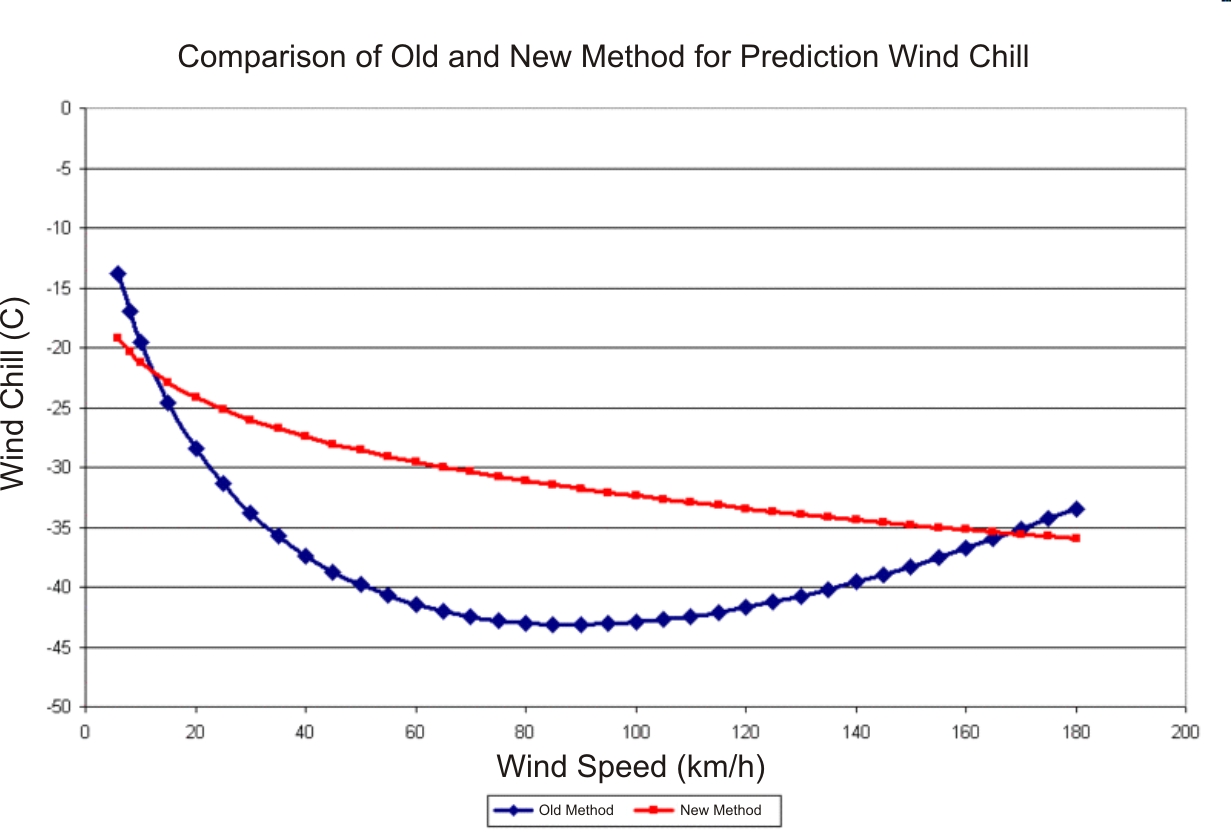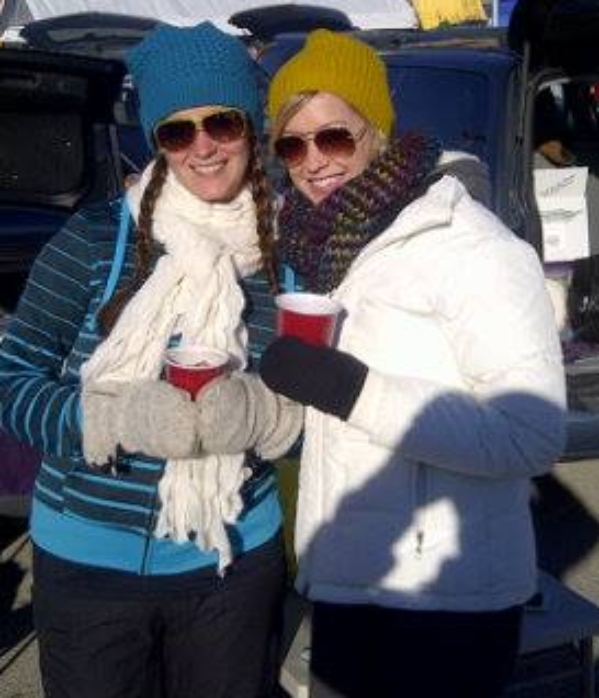
We just experienced the longest and coldest snap of winter weather in many years. Here in southwest Wisconsin, the element that made this snap different from any I can remember since I’ve lived here for the past 18 years was the combination of wind and cold temperatures for an extended period of time. And of course that means wind chill. Some people think wind chill is a bunch of malarkey. I think they all live south of the Mason Dixon line. Having grown up in wind ally, Minnesota, I have a tremendous respect for the forces of nature: winter cold, summer heat, waves on open water, gravity, kinetic energy, and momentum to name a few. Suckers who don’t respect the combination of wind and cold air are apt to be miserable, at best, and lose bodily features like fingers, toes, and ears if they aren’t careful.
This article on wind chill isn’t too bad, but the thing that made me chuckle is that “scientists” on the south pole discovered wind chill and found that the time required to freeze water in a cylinder is a function of wind speed, air temperature, and water temperature. What kind of scientists are these anyway?
Wind chill, of course, includes convection, and its calculation is arbitrary based on what we in engineering classes call boundary conditions, or baselines. We actually did a wind chill calculation for a heat transfer exam eons ago. State your assumptions: flat plate, cylinder, sphere, constant surface temperature, etc. These all affect the answer as different geometries result in different answers. The other obvious huge factor that a person may not consider is whether the person is assumed to be dressed in an astronaut’s suit or only in his skivvies[1]. You have to pick something and say, ok, we’re going to make our “feel like” (wind chill) temperature calculations assuming some level of clothing, and don’t change it.


But they did. You can see in the first chart that they switched the formula for wind chill, I’m guessing in the 1990s. The blue line in the first chart represents the old calculation, and the red represents the new calculation. The blue line, as we say, falls apart at very, very high wind speeds that we never see in wintertime when not on Mt. Washington. This chart is for some constant air temperature. It shows wind chill effect decreasing (obviously wrong) at very high wind speeds. But this change did most of us a disfavor because it’s like arbitrarily declaring that water now freezes at 20F and boils at 300F. What I remember as a kid was that -30F and 30 mph was about minus 100F wind chill and -20F and 20 mph was about minus 60F wind chill. In the chart to the left, I have a comparison of the old and new wind chill for combinations of wind and air temperature. Note, I’m changing both wind speed and temperature whereas the one above only changes wind speed with some fixed temperature.
I pretty much ignore the wind chill number and my own concocted matrix in my brain for determining what I need to wear for any combination of temperature and wind, mainly for running. The other obvious thing to consider that wind chill does not account for is what are you doing outside? Are you stationary like a construction worker, or walking places, riding bike, or running? On top of the relative “wind” speed being different for all these, the calorie burn and heat generated by the body is different for each of them.
I have two useful tips for the rank and file, Joe Pedestrian in cold weather. The first tip is: don’t pretend it isn’t cold. People from the south don’t seem to get it. I tell them when they come to the north to bring gloves and headwear, particularly to cover the ears. Others from the north wish they were in the south, and seem to defy the cold and show it who’s boss by pretending it’s not so cold. Nature kicks their butts.

Second tip is forget about looking good. This is apparently difficult these days, but not for me because I’m a fashion zero. Thin skimpy crap doesn’t work nearly as well, and I don’t care how high tech it is.
You need something that goes over your butt, with a hood, and bulk in the form of down, as in goose feathers. I’m talking about pedestrian use, not other winter activities – skiing, biking, or running. See the big poofy bulky stuff modeled by our own Kristin Laursen (right) for a Packer game – there you are. That’s the way you do it.
Why is bulk better than synthetic thin crap? Bulk fits snuggly and keeps the infiltration out in addition to having a heck of an insulating value.
For running, it’s bulky headwear and mittens, several layers of synthetics, and a balaclava. A couple new tricks I added this year: band aids and duct tape. The band aid is to insulate the bridge of the nose from the sport glasses that otherwise suck heat like grabbing onto a cold steel pipe. Duct tape is for the front half of the running shoes, which tend to be very well ventilated and COLD. Again, not pretty, but damn effective.
[1] Wow – I actually found Wikipedia to say the same thing after I wrote this, so it must be right!





